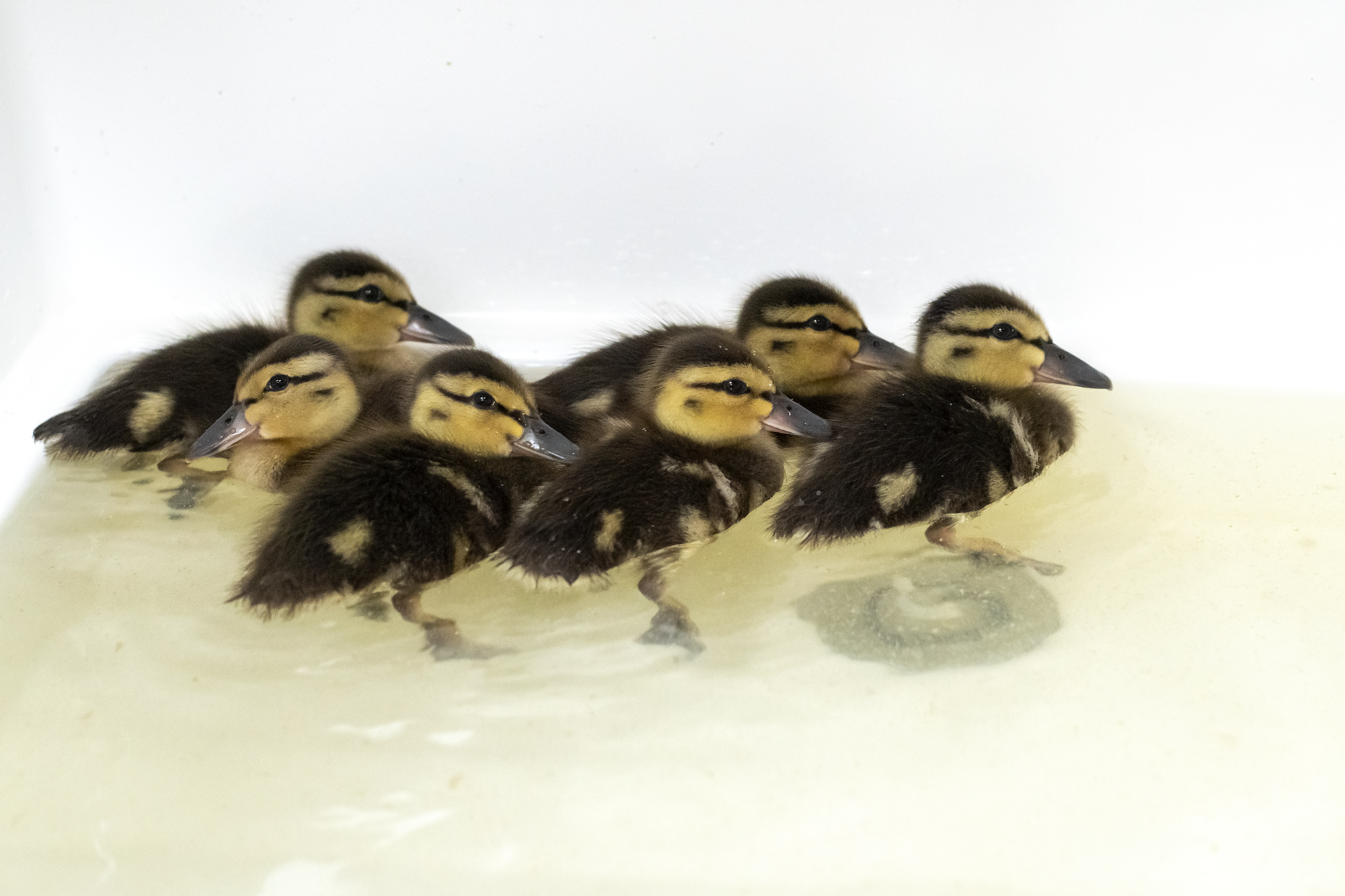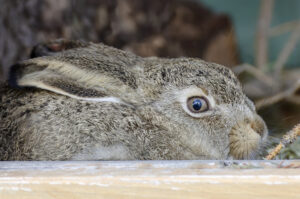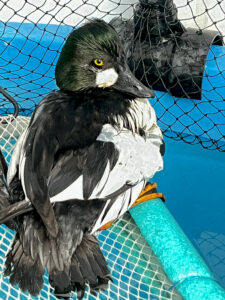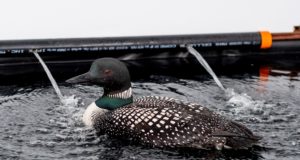By Gabriella Livingstone and Nina Obiar.
Summer is officially here, and temperatures are rising. As we begin to reach the hotter summer months I’m sure we are all thinking of ways to beat this summer heat. While these hotter summer days might mean spending more time indoors by our fans and drinking lots of water, what do these rising temperatures mean for our birds?
The climate crisis is linked with higher temperatures and decreasing precipitation along with increased duration and frequency of weather events. Unfortunately, these environmental changes can have serious implications on a species’ ability to adapt, their reproductive success and the ecological community that they live in. As North America is projected to become hotter and drier, we must consider how changes in climate affects the reproductive success of our native birds and what this could mean for wildlife conservation.
What factors influence laying dates?
While warmer spring temperatures influence most birds to lay their eggs earlier, there are many other factors that can influence breeding dates such as precipitation, photoperiod (day length), and food abundance (Dunn, 2019). These environmental factors often interact simultaneously to determine when egg-laying will occur. Food abundance is an important factor in determining laying dates, since birds time their laying so hatching occurs at peak food availability. For most birds, increased spring temperatures lead to earlier laying dates, leading to mismatches in laying and food abundance (Dunn, 2019). Based on estimates from 2019, birds are advancing their laying date by an average of 0.13 days per year and are laying 2.40 days earlier per Celsius degree increase (Dunn, 2019).
What does this mean for reproductive success?
Alberta’s birds are experiencing altered breeding times, an important determinant of reproductive success. Climate change has been found to reduce food availability therefore reducing an individual’s ability to reproduce subsequent generations (Dunn, 2019). For multi-brooded species, this is important because if climate variables decrease the time in which food is available, fewer birds will produce second broods (Dunn, 2019).
Temperature also has a direct impact on the thermoregulation of birds, their ability to maintain body temperature, and ultimately affects their ability to maintain viable eggs (Dunn, 2019).
Are all birds impacted equally?
While many birds respond similarly, responses to climate change are species-specific. Some species may be able to adapt quicker than others. For example, songbirds, like the invasive alien house sparrow that we tend to see in our backyard, can vary their breeding dates by up to one month in response to environmental conditions (Dunn, 2019).
This is not true for all birds. A study conducted on Mallards by Raquel et al., (2019) shows that increasing spring temperatures were correlated with later nesting times rather than earlier, leading to decreased nest survival as the season progressed. This is important because nesting dates have a strong impact on nest survival and earlier nesting is associated with greater reproductive success in many duck species, likely because it allows more time for re-nesting and duckling growth (Raquel et al., 2019).
What does this mean for conservation?
Invasive species that respond more flexibly to environmental changes may have greater reproductive success under climate change. Species that are unable, or aren’t quick enough, to alter nesting cycles, however, may face serious implications on population dynamics (Raquel et al., 2019).
In order to inform our conservation actions we need to understand how our native birds across and within species will respond to the climate crisis. The Alberta Institute for Wildlife Conservation has seen a steady increase in many bird species intakes between 2018 and 2021, for example, Black-Billed Magpies (increase by 70), House Sparrows (increase by 121), and Mallards (increase by 63). With rising temperatures threatening reproductive success and population dynamics, bird intakes at AIWC are expected to increase further.
How can you make a positive impact?
Alberta’s birds need your help! There are many ways you can support our bird population and decrease your impact. Start by thinking about the ways you contribute to climate change and how you can decrease your overall climate impact. This is a big step towards helping bird conservation. Here are some other actions to support Alberta’s birds:
- Reduce and offset your carbon emissions
- Bike, walk, or carpool to work
- Reduce use of single-use plastics
- Support habitat conservation efforts
- Support nature-based solutions such as the conservation of carbon sinks
- Support policies and advocate for the protection and restoration of wetlands
- Get involved in local environmental stewardship programs such a tree planting
- Support local nature and wildlife conservation organizations like AIWC (donate, volunteer, or purchase merchandise from the AIWC shop)
- Support nature-based solutions such as the conservation of carbon sinks
- Be an advocate for birds
- Support climate-focused policy changes
- Get involved through citizen science
- You can help scientists collect data on birds by sharing your observations and joining local bird projects
• Design a nature-focused garden
• Did you know your garden can become part of the larger conservation effort?
• Check out Birds Canada’s guide at https://birdgardens.ca/
• Avoid pesticide use
• Pesticides can accumulate on the insects and plants birds feed on
• Pesticides are also a major contributor to global emissions
- Keep your furry friends on-leash
- Keep your cats indoors
- Make your windows bird friendly
- Check out this blog from 2016 to see how you can prevent window strikes: https://www.aiwc.ca/blog/how-to-prevent-winter-window-strikes/
- Choose bird friendly coffee!
- Purchase shade-grown and organic coffee to support the conservation of bird habitats
For more information on how you can help protect Canada’s bird population visit https://www.birdscanada.org/you-can-help/guide/. AIWC is completely donations-based, if you would like to help AIWC continue to care for birds, please consider donating or visit the AIWC shop.
Funding for this project was made possible through the University of Calgary’s Office of Sustainability.
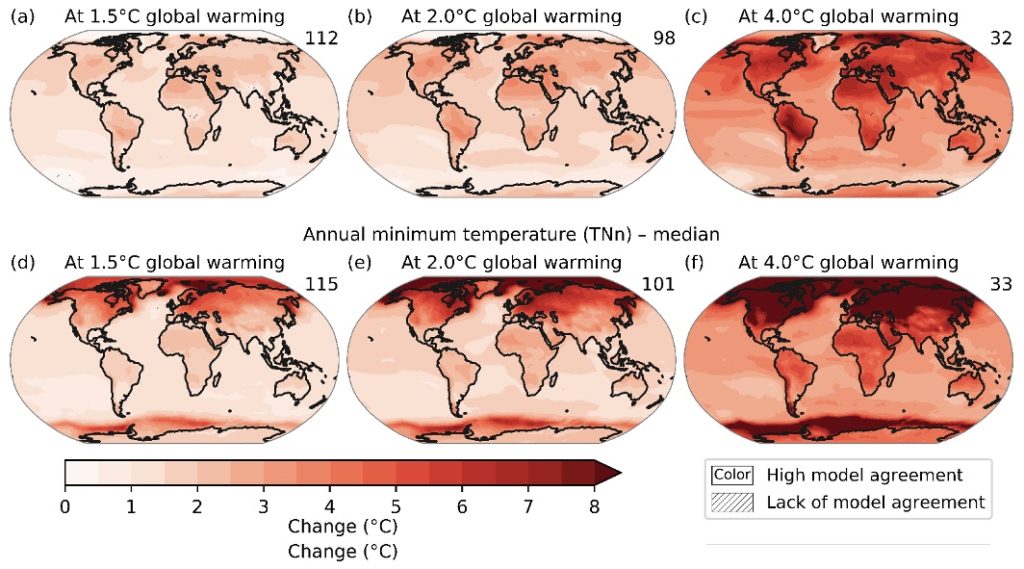
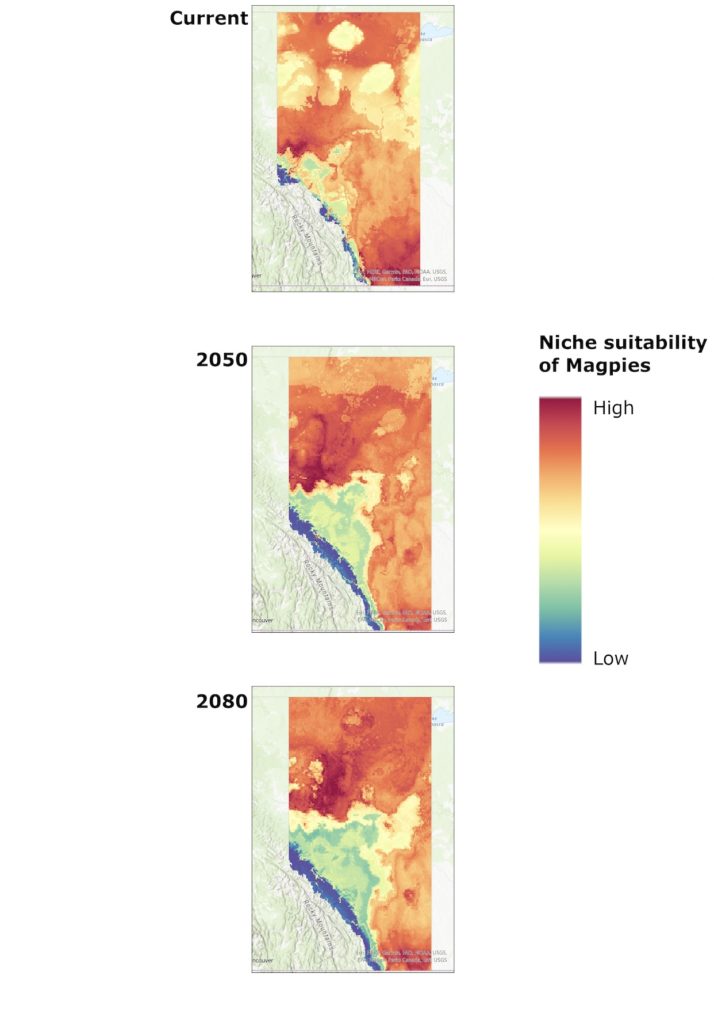

Sources
Cotton. (2003). Avian Migration Phenology and Global Climate Change. Proceedings of the National Academy of Sciences – PNAS, 100(21), 12219–12222. https://doi.org/10.1073/pnas.1930548100
Dunn. (2019). Changes in timing of breeding and reproductive success in birds. In Effects of Climate Change on Birds. Oxford University Press. https://doi.org/10.1093/oso/9780198824268.003.0009
Raquel, Devries, J. H., Howerter, D. W., & Clark, R. G. (2019). Reproductive consequences of climate variability in migratory birds: evidence for species-specific responses to spring phenology and cross-seasonal effects. Oecologia, 191(1), 217–229. https://doi.org/10.1007/s00442-019-04481-2
Your guide to helping Canada’s birds. (2022). Retrieved June 24, 2022, from https://www.birdscanada.org/you-can-help/guide/

